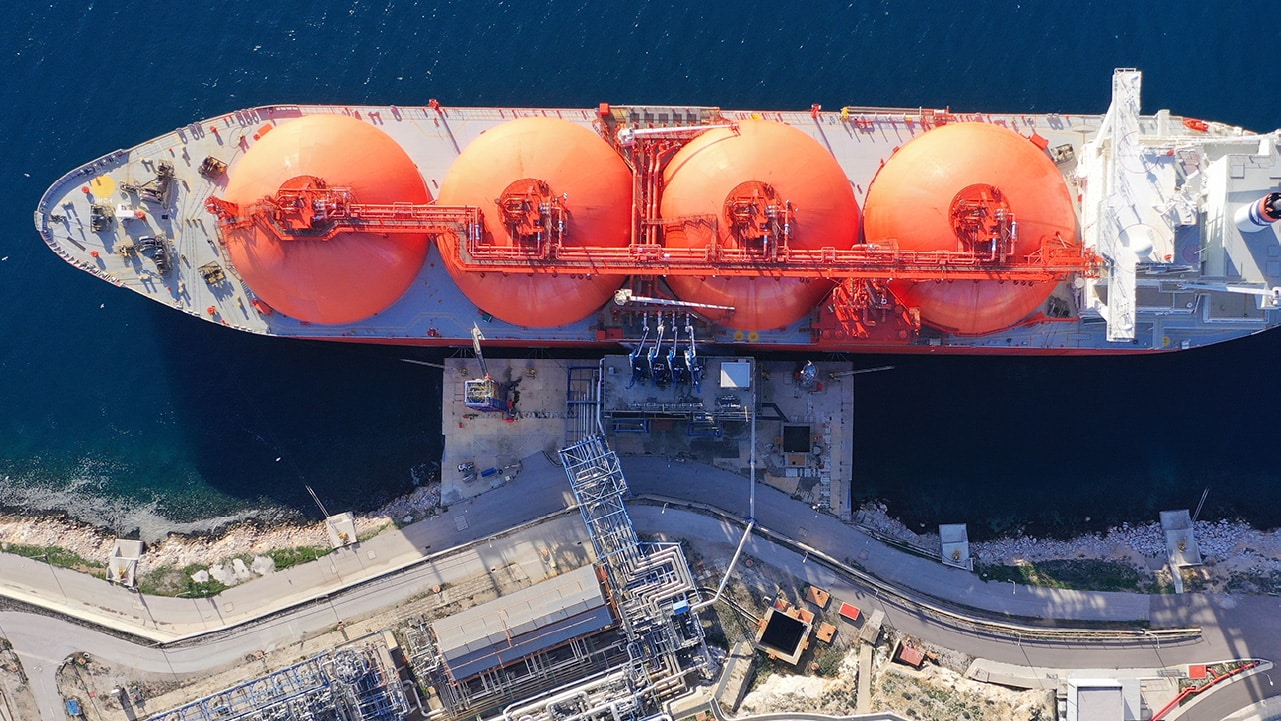EN 14521 Cargo Tank Valve Endurance Testing
The EN 14521 standard specifies the requirements and testing procedures for cargo tank valves in marine vessels. This service ensures that these critical components meet stringent performance criteria to ensure safe, reliable operation during long periods of service. Cargo tanks are essential parts of any ship’s design, storing bulk liquid or gas cargoes under various conditions. The valves within these tanks must be durable and resilient against the harsh environment they operate in.
EN 14521 cargo tank valve endurance testing is crucial for ensuring that the valves can withstand repeated opening and closing cycles without failure. This service focuses on simulating real-world operating conditions to validate the design and manufacturing quality of these components. The process involves subjecting the valves to prolonged cycling, with each cycle consisting of multiple open/close actions.
The test setup typically includes a hydraulic or pneumatic system capable of replicating the dynamic loading experienced by the valve in actual service. This setup must also be able to measure parameters such as pressure drop and flow rates. Compliance testing is essential for ensuring that the valves meet all specified performance criteria, including resistance to fatigue, corrosion, and wear.
During the test, the valve undergoes a series of cycles designed to simulate its operational environment. The number of cycles can vary depending on the specific requirements set by EN 14521 but is often in excess of thousands or even tens of thousands. The testing process closely monitors the performance metrics and records any signs of degradation or failure.
Quality managers, compliance officers, R&D engineers, and procurement teams rely on this service to ensure that all cargo tank valves meet stringent regulatory requirements. By adhering to EN 14521 standards, shipbuilders can demonstrate their commitment to safety and reliability, which is crucial for maintaining the integrity of marine vessels.
The benefits of this testing go beyond mere compliance; they enhance the overall operational efficiency and extend the lifespan of cargo tank valves. This service helps in identifying potential issues early on, allowing manufacturers and operators to address them before deployment, thereby reducing downtime and maintenance costs.
In addition to ensuring compliance with EN 14521 standards, this testing also facilitates the optimization of valve design and manufacturing processes. By analyzing test results, engineers can refine their designs to improve durability and performance, leading to more efficient and reliable cargo handling systems.
Scope and Methodology
| Test Parameters | Description |
|---|---|
| Cycling Frequency | The number of open/close cycles performed on the valve. |
| Pressure Drop Measurement | Monitoring the pressure drop across the valve during operation. |
| Flow Rate Analysis | Evaluating the flow rates through the valve under various conditions. |
| Test Setup Components | Function |
|---|---|
| Hydraulic/Pneumatic System | Simulates real-world loading and operational conditions. |
| Monitoring Equipment | Captures data on key performance metrics during the test. |
| Data Recording Software | Saves all relevant test data for analysis and reporting. |
- The testing process involves subjecting the valve to a series of open/close cycles.
- Each cycle is designed to replicate the operational environment in which the valve will operate.
- Data on pressure drop, flow rates, and other relevant parameters are collected throughout the test.
Benefits
The benefits of EN 14521 cargo tank valve endurance testing extend beyond mere compliance with international standards. By ensuring that valves meet all specified performance criteria, this service enhances operational reliability and extends the lifespan of these critical components.
One of the key advantages is improved safety for crew members and passengers aboard marine vessels. Reliable cargo tank valves reduce the risk of leaks or failures during transit, which could lead to catastrophic incidents. Additionally, by adhering to strict testing protocols, manufacturers can demonstrate their commitment to quality and durability, enhancing their reputation in the industry.
From a practical standpoint, this service helps ship operators and designers optimize valve design and manufacturing processes. By identifying potential issues early on, engineers can refine their designs for better performance and longevity. This leads to more efficient cargo handling systems that minimize downtime and reduce maintenance costs.
The testing process also facilitates compliance with international regulations, ensuring that all valves meet the stringent requirements set by EN 14521. This is particularly important given the global nature of the shipping industry, where standards are often harmonized across borders for consistency and safety.
International Acceptance and Recognition
- The EN 14521 standard has been widely accepted in the maritime sector as a benchmark for cargo tank valve performance.
- Many international organizations, including the International Maritime Organization (IMO), recommend compliance with this standard to ensure safety and reliability.
- Ships that comply with EN 14521 are recognized by major ports and regulatory bodies worldwide, enhancing their operational efficiency and reducing potential delays.





